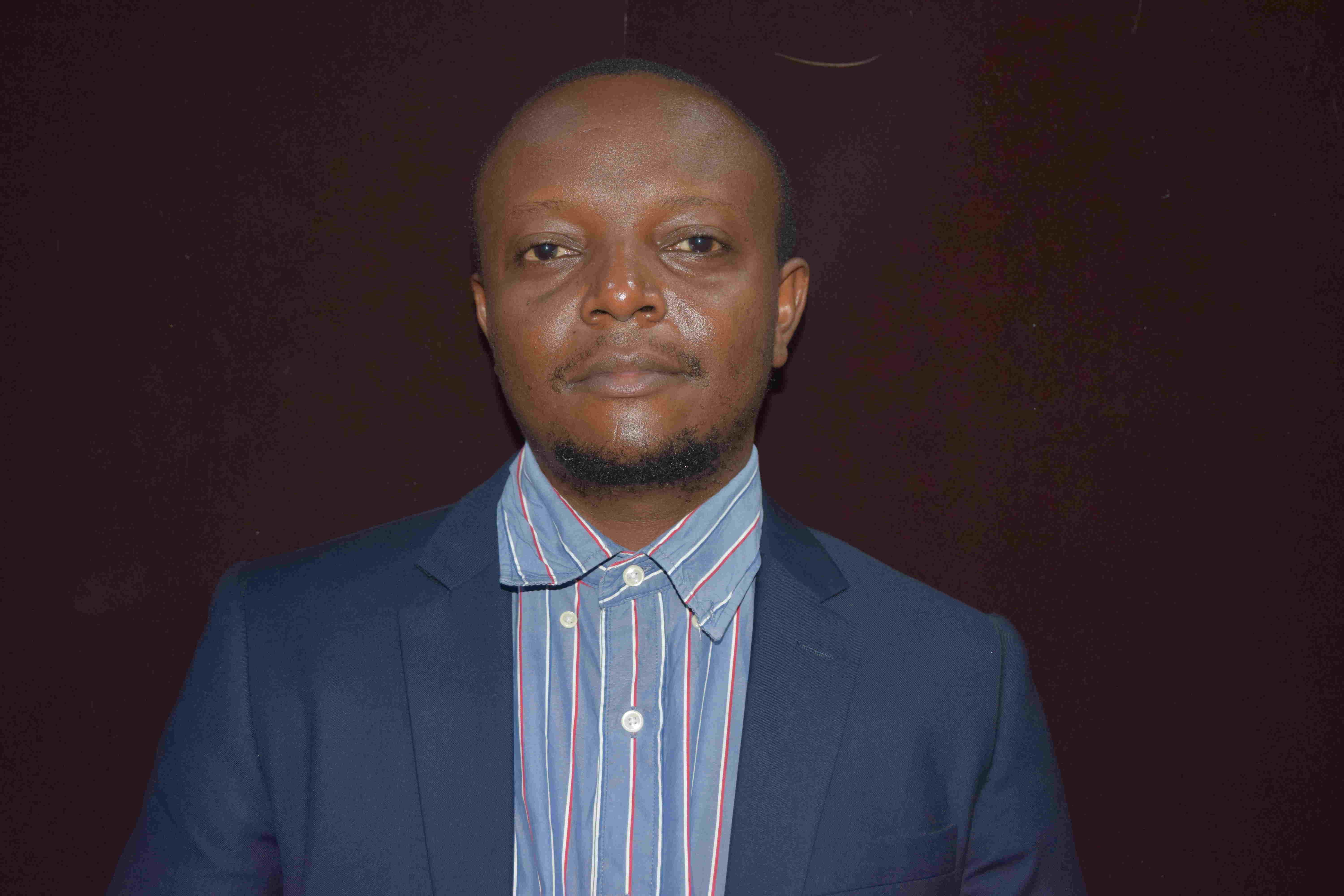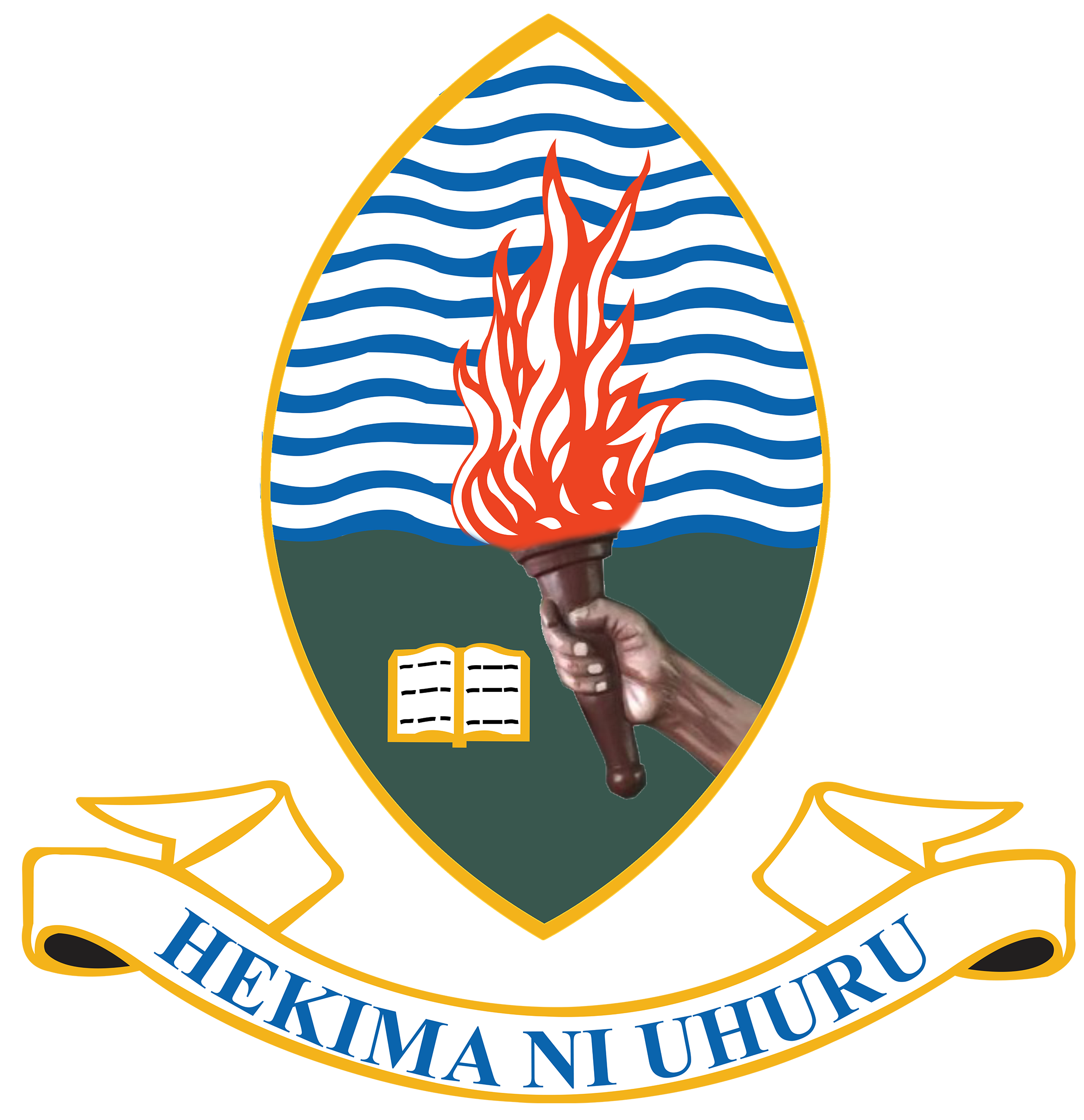Staff Profile

BIO
Godwin Mruma Gadiel received BSc degree in Electronics Science and Communication, MSc degree in Electronics Engineering and Information Technology from the University of Dar es Salaam (UDSM), Dar es Salaam, Tanzania, in 2008 and 2011, respectively. He received PhD degree in Electrical and Information Engineering from the Seoul National University of Science and Technology, Seoul, South Korea, in 2020. He is currently a Senior Lecturer at UDSM. He is currently involved in a challenge driven education program at UDSM where industrial challenges are solved from students' innovation ideas. He is also a member of the project known as cost-free campus network, where through leveraging the TV white space band, students in the campus of the University of Dar es Salaam can access free networks which enhance their learning environment. He is a coordinator of a signal processing research group, where several researchers in the signal processing field contribute their professional knowledge and provide practical solutions. He is currently working in a team working on developing a cost-effective animal tracking solution to combat poaching in Tanzania national park and improve social relation between animals and people living around the borders of national parks. His research interests include wireless communications, massive MIMO systems, application of machine learning to wireless communication, and energy efficient communication systems.
RESEARCH
Channel estimation in IRS-MIMO aided communication as a denoising problem
Intelligent reflecting surface (IRS) are known for their ability to improve the system sum rate of a communication system by enhancing the beamforming capability in a non-line of sight region. For communication system where IRS is used, channel estimation is hindered by the following challenges. First, limited channel estimation accuracy, which is due to cascaded user-to-IRS-to-BS channel that does not follow the conventional Rayleigh fading model. This challenge leads to inability of conventional algorithms such as minimum mean square error (MMSE) estimator, Linear MMSE and least square (LS) estimator achieving unsatisfactory accuracy in channel estimation. Secondly, large channel estimation training overhead: The existence of large number of IRS elements in a panel. This leads to high complexity when performing channel estimation by using conventional methods such as LS method and LMMSE method. Many researchers have tried to address this challenge; however, the practical algorithms satisfactory accuracy is yet to be found. It is noted that, channel estimation problem is essentially a denoising problem, and we can essentially utilize powerful denoising algorithms to emerge with a practical channel estimation algorithm in IRS assisted communication environment with high accuracy and low complexity.
Active and passive IRS for energy efficiency improvement in 5G and beyond
Directing power to the intended user has always been the state of the art for advancing wireless communication. The use of high frequency to harness its wide bandwidth in improving data rate, comes with a cost of high blockage in the environment with many obstacles. To find the way through the obstacles, researchers have introduced intelligent reflecting surface (IRS) to manipulate the propagation environment to mitigate the effect of fading. There are two types of IRS: Active and passive IRS. The first amplify the signal then reflect it, while the latter reflect the signal with passive loads (positive resistance) only. Even though, the first one can amplify the load with a small expense of additional hardware, the energy efficiency can be significant when the large number of elements are utilized. The second has low energy consumption, however, its achieved performance is not satisfactory. This research work intends to come up with a hybrid architecture solution that will harness the potential of both active and passive IRS for improved energy efficiency IRS assisted wireless communication system.

